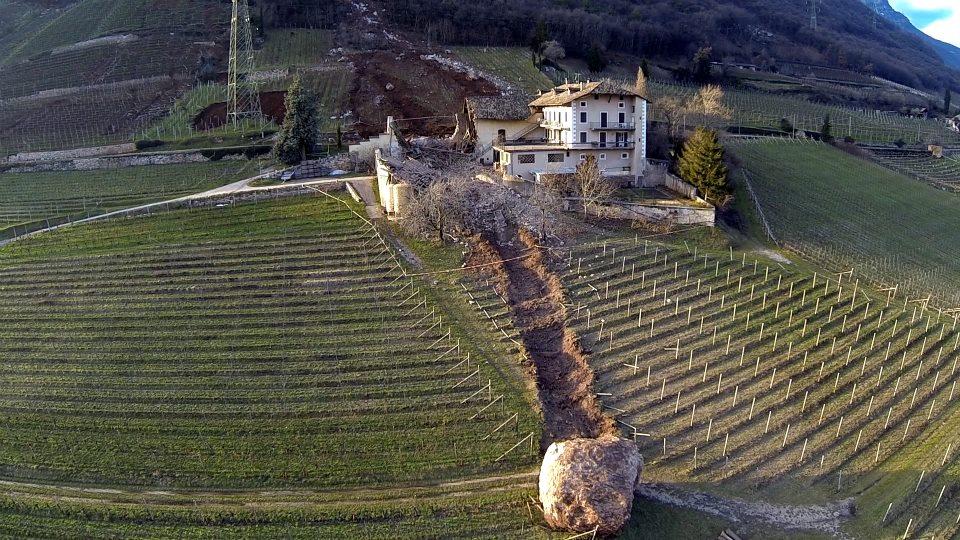Why join ecorisQ?
At the heart of ecorisQ is a global community of dedicated professionals. By joining us as a member, you access a trusted network and transparent tools that support reliable natural hazard analysis.
Membership reflects your commitment to transparent hazard analyses and sustainable solutions, grounded in integrity, collaboration and scientific excellence.
- Details

We would like to focus your attention on the International conference on "Analysis and Management of Changing Risks for Natural Hazards". It will take place on 18-19 November 2014 in Padua, Italy. The focus of the conference focus is on:
- technical sessions presenting the state of the art research in the understanding of the natural processes and in the development of innovative methodologies for quantitative hazard and risk forecasts
- practical integration of natural, engineering, economical and human sciences within multi-scale methodologies for risk management and prevention planning
The conference provides an opportunity to discuss multi-hazard risks and multi-disciplinary research results on the effects of changing of hydro-meteorological risks and their effects on planning strategies. Here you can find more information.
- Details
On February 8th, 2014, a direct impact of a rockfall on the touristic train de pignes in the southern part of France (Alpes-de-Haute-Provence, ) caused two casualties and one injured person. The two train wagons were derailed by the impact and subsequently retained by trees downslope. More information can be found here (in French).

- Details

An impressive rock mass fall occurred on 21 January 2014 in Tramin/Termeno, South Tirol, Italy. Luckily this event did not cause casulaties, but only quite some material damage. A silent witness shows that the event was not a complete surprise. Have a look at the Landslide Blog of Prof. Dave Petley for an interesting photo series of the event.
- Details

Scientific evidence that forests have a stabilising effect on slopes that are prone to shallow landsliding has been increasing over the last 20 years. Lateral reinforcement by tree roots seems to be the crucial factor here. To facilitate the quantification of the possible stabilising effect of a forest, ecorisQ, in collaboration with Massimiliano Scharz from the Bern University of Applied Sciences developed a rapid assessment tool called SlideforNET, which can be used online for free. Please have a try and if considered appropriate send us your feedback.
- Details
To officially launch the International ecorisQ association, the General Assembly was held on 6 December 2013 in the International Environment House in Geneva, Switzerland. In total, 52 representants from Austria, France, Italy, New Zealand, Netherlands, Norway, Switzerland, Turkey, UK and the US participated at this event. The minutes, as well as the presentations are available for download below.


|
On uncertainty and probability in predicting natural hazard risks using models |
Keith Beven (University of Lancaster, UK) |
|
SOSlope – the basis for a new ecorisQ tool for shallow landslide modelling |
Massimiliano Schwarz (Bern Univ. of Applied Sciences, CH) |
|
Zemokost – A model for estimating flood events in alpine catchments using design storm values |
Karl Kleemayr (BFW, AT) |
|
Luuk Dorren (Fed. Office for the Env. FOEN, CH) |
|
|
A reflection on the assessment of geological mass movement hazards in the Swiss daily practice |
Bernard Loup (FOEN, CH) |
|
Landslide hazards, bioengineering and risk management: the New Zealand experience |
Chris Phillips (Landcare Research, NZ) |
|
An application of Rockyfor3D in the daily practice in Valais, Switzerland |
Guillaume Favre-Bulle (Géoval, CH) |
|
Frédéric Berger (IRSTEA, FR) |
|
